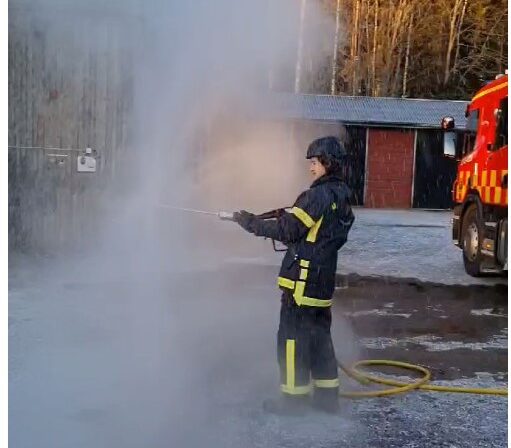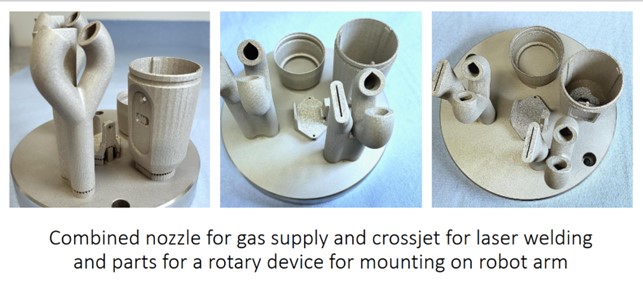The more complex the structure of the metal object, the more advantages can be achieved by producing it using 3D printing. 3D printing is among the most important current and developing technologies in industrial production. It enables efficient production in terms of low costs and minimal environmental impact.
In short, this technology can be described as follows: the laser beam scans the programmed shape of a future product to melt the metal powder and gradually grow the new product, layer by layer. This technology, also called additive manufacturing, allows for the elimination of several manufacturing steps.
The complexity of the object also means that carrying out the process – starting from 3D design and ending with a ready object in the printer – requires specialized skills. Although additive manufacturing offers high potential, unlocking it can be challenging, particularly for small and medium-sized enterprises (SMEs), because AM demands knowledge and skills for more complex, sophisticated changes that are difficult to acquire.
The I2P project has faced this challenge by striving to meet the development needs of the Kolarctic CBC region. The central aim of the project was to increase Nordic collaboration in metal 3D printing, elevate the region’s level of expertise, and showcase the benefits and possibilities of metal 3D printing to companies. After printers were installed in Luleå and Narvik, the project conducted webinars and workshops to present 3D metal printing. A market analysis identified opportunities and development needs related to the topic.
Furthermore, the project resulted in the creation of a close-knit community focused on 3D printing and additive manufacturing in the northern region. This community is open to anyone interested in the subject, and its website can be found at i2am.eu, providing access to materials produced during the project and other metal 3D printing resources
Example case: design of a firefighting nozzle

The firefighters’ nozzle is one example of objects which are relatively small, have a complicated shape, and do not need to be produced in large batches. This is an earlier model of a firefighting nozzle which firefighters can use e.g. hitting it through a door or wall, and it is effective at extinguishing fire and cooling of materials.
The challenge in this case was to develop a nozzle shooting water backwards, so that the water stream could be used to cool off doors from the inside, which would help firefighters to enter a building in flames. Due to complexity of its shape and manufacturing, it is an ideal case for metal 3d-printing. Also, in a 3D printer, several variants can be produced at the same time.
The process of solving the challenge is through design, printing and testing some variations.


This is how the new nozzle works, tested by Skellefteå firefighting.
Other 3D printed parts:

Project: From Idea to Printing of Metal Products
Lead partner: Luleå University of Technology, Sweden
Other partners:
- Mekinor Metall AB, Kalix
- Ofottech AS, Narvik
- UiT The Arctic University of Norway
- Northern Arctic Federal University, Arkhangelsk
- Sozvezdye, Arkhangelsk
- Filtra Group Oy, Oulu
- University of Oulu, Finland
